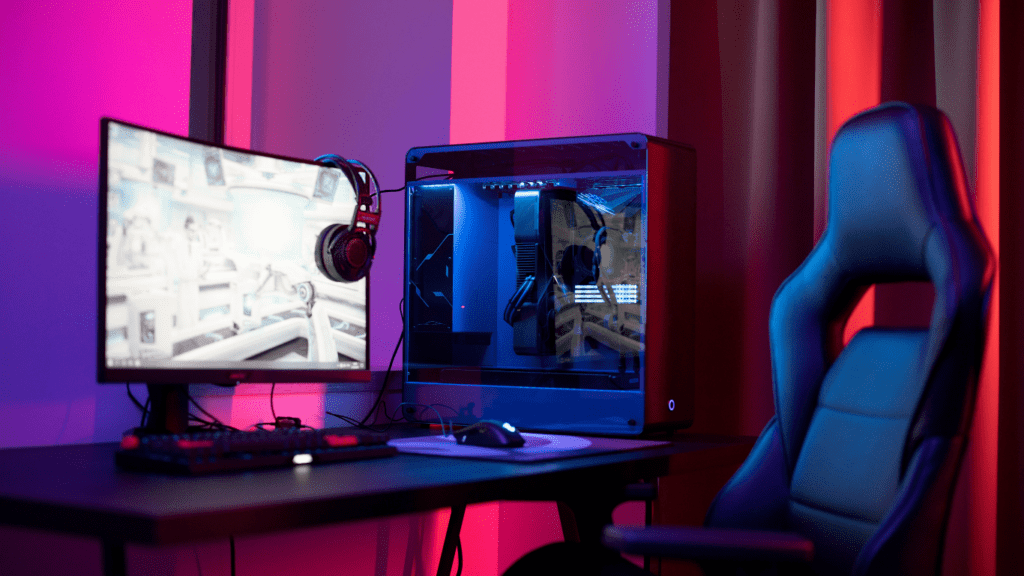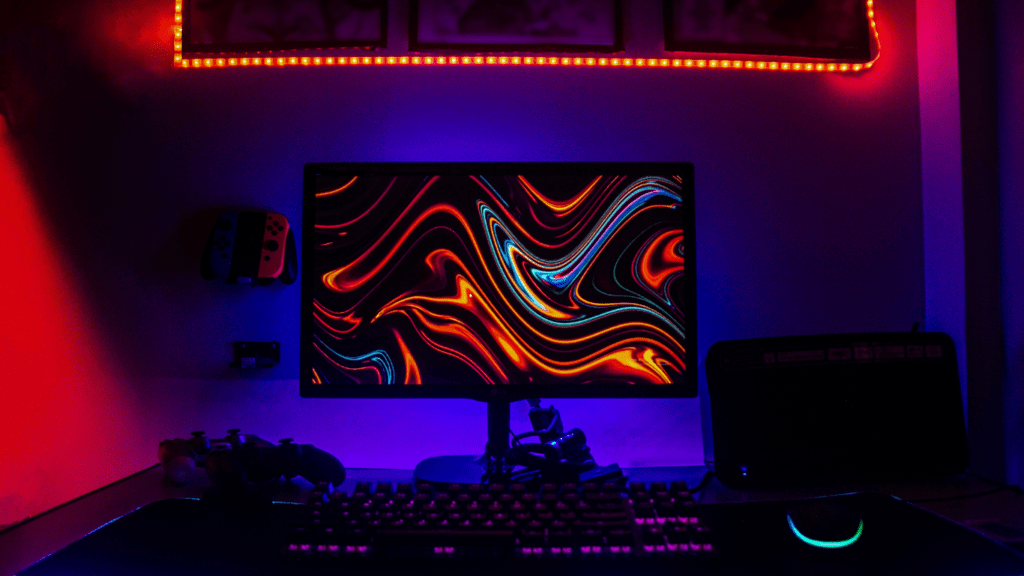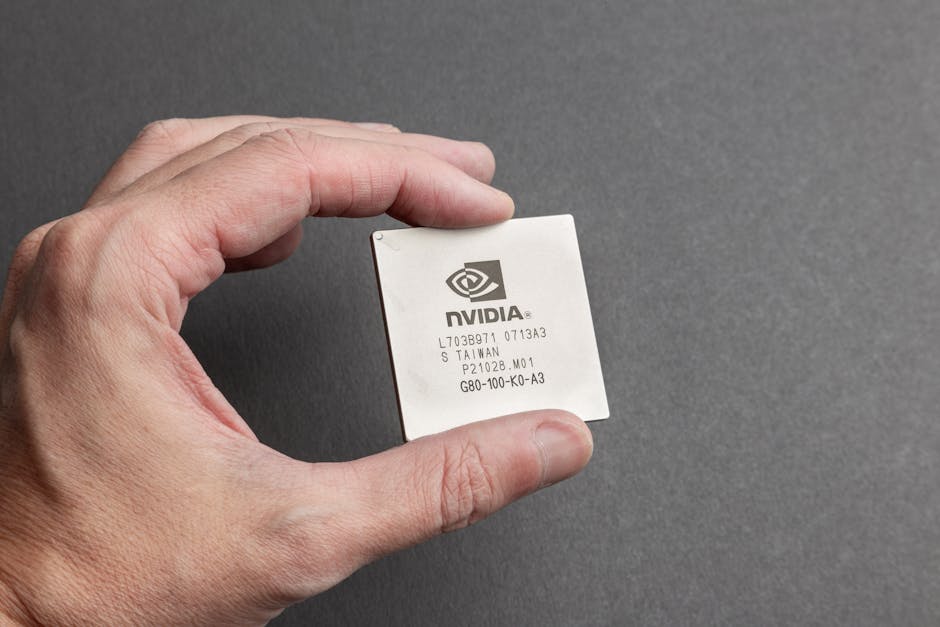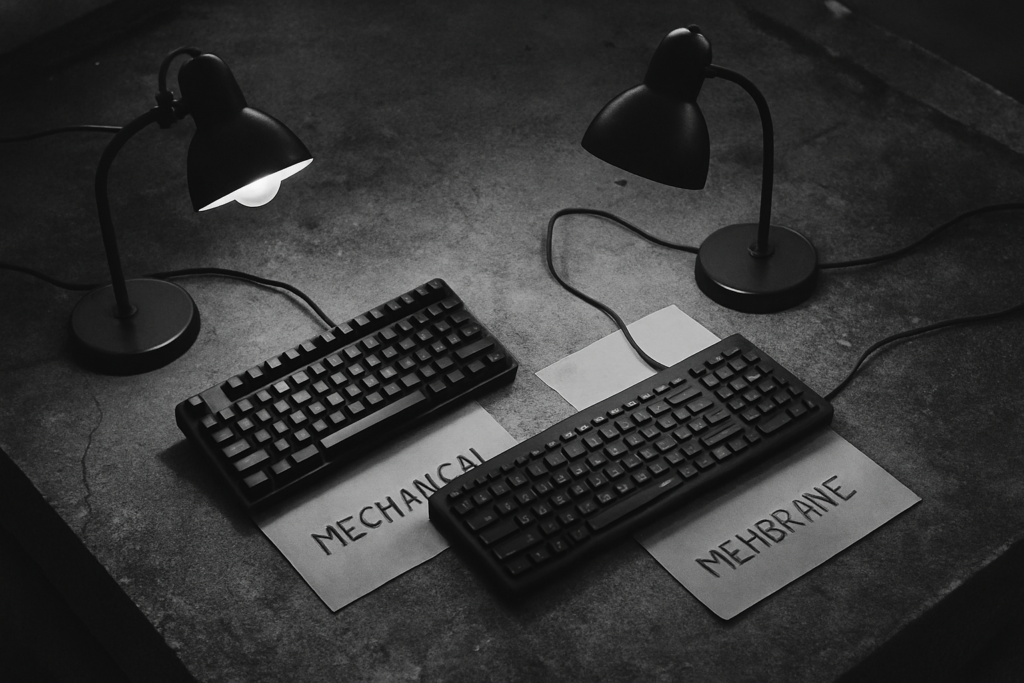When it comes to elevating your gaming experience, choosing the right monitor can make all the difference. In the world of gaming monitors, the debate between high-end and budget options is a constant tug-of-war. As a seasoned gamer, I understand the importance of finding a monitor that not only meets your needs but also enhances your gameplay to the next level.
In this article, I’ll delve into the key differences between high-end and budget gaming monitors, weighing the pros and cons of each to help you make an informed decision. Whether you’re a competitive gamer looking for the latest technology or a casual player on a budget, understanding what sets these monitors apart can guide you towards a purchase that aligns with your gaming goals. Let’s explore the world of gaming monitors and discover which option is truly worth the investment.
Defining High-End and Budget Gaming Monitors
When it comes to gaming monitors, understanding the distinctions between high-end and budget options is crucial in making an informed choice that aligns with your gaming preferences. Let’s delve into the defining characteristics of both categories to help you navigate the vast array of monitor options available.
Key Features of High-End Gaming Monitors
High-end gaming monitors are designed to deliver top-tier performance and advanced features tailored to meet the demands of serious gamers. These monitors typically boast cutting-edge technologies such as high refresh rates, low response times, and superior color accuracy. They often come equipped with adaptive sync technologies like G-Sync or FreeSync to eliminate screen tearing and provide a smooth gaming experience. Additionally, high-end monitors may offer higher resolutions, such as 4K or ultra-wide formats, for immersive gameplay that showcases intricate details with stunning clarity.
Key Features of Budget Gaming Monitors
On the other hand, budget gaming monitors offer a more cost-effective option for gamers looking to enjoy a decent gaming experience without breaking the bank. While they may not have all the bells and whistles of high-end models, budget monitors still provide essential gaming functionalities. These monitors typically offer lower refresh rates and slightly higher response times compared to their high-end counterparts. They are suitable for casual gamers or those with budget constraints who prioritize affordability over premium features. Despite the lower price point, budget gaming monitors can still offer a satisfactory gaming experience with acceptable performance levels for most gaming scenarios.
Performance Comparison
When it comes to gaming monitors, performance is a crucial factor that can greatly impact your gaming experience. Let’s delve into the key performance aspects that differentiate high-end monitors from budget options.
Display Quality and Resolution
I’ve tested both high-end and budget gaming monitors, and the difference in display quality and resolution is striking. High-end monitors often boast superior display technologies such as IPS panels with vibrant colors, higher resolutions like 1440p or 4K, and better pixel density for sharper image clarity. On the other hand, budget monitors typically feature TN panels with lower resolutions like 1080p, which may result in less impressive visuals and color accuracy. If you’re a gamer who values immersive visuals and crisp details, investing in a high-end monitor with superior display quality and resolution is worth considering.
Refresh Rate and Response Time
Having a high refresh rate and fast response time is crucial for competitive gaming where every millisecond counts. High-end gaming monitors usually offer refresh rates of 144Hz or higher, coupled with low response times of 1ms, ensuring smooth gameplay with minimal motion blur and ghosting. In comparison, budget monitors often come with lower refresh rates (typically 60Hz) and slightly higher response times, which may lead to motion artifacts and screen tearing in fast-paced games. If you’re a competitive gamer looking for that extra edge in responsiveness and fluidity, a high-end monitor with impressive refresh rates and response times can make a noticeable difference in your gaming performance.
Price Analysis
When considering the price analysis between high-end and budget gaming monitors, it’s essential to understand the cost disparities and what each category offers. Let’s delve into the specifics of the pricing for high-end and budget monitors to help you make an informed decision based on your gaming requirements.
Cost of High-End Monitors
High-end gaming monitors typically come with a premium price tag due to their advanced features and cutting-edge technology. These monitors often range from $500 to $2000 or more, depending on the brand, specifications, and additional functionalities they offer.
Cost of Budget Monitors
On the other hand, budget gaming monitors are more wallet-friendly options for gamers looking for decent performance without breaking the bank. The cost of budget monitors can vary significantly, usually falling in the range of $100 to $400, making them a more affordable alternative for casual gamers or those on a tight budget.
Pros and Cons
When considering high-end versus budget gaming monitors, it’s essential to weigh the advantages and disadvantages of each to make an informed decision based on your gaming needs.
Advantages of High-End Gaming Monitors
- Enhanced Display Quality: High-end gaming monitors boast superior display quality, thanks to features like IPS panels that deliver vibrant colors and wide viewing angles.
- High Resolution: These monitors offer higher resolutions such as 1440p or 4K, providing sharp and detailed visuals for an immersive gaming experience.
- Superior Refresh Rates: High-end monitors come with refresh rates of 144Hz or higher, ensuring smooth gameplay without motion blur or screen tearing.
- Faster Response Times: With response times as low as 1ms, high-end monitors minimize ghosting and input lag, essential for competitive gaming.
- Premium Price Tag: Significant price range starting from $500 and going up to $2000 or more, requiring a substantial investment.
- Advanced Features: High refresh rates, low response times, better color accuracy, and additional technologies such as G-Sync or FreeSync.
- Overkill for Casual Gamers: Serious gamers benefit from the advanced features of high-end monitors, but casual players may find these features unnecessary for their gaming experience.
- Extensive Customization Options: More settings for customization, allowing users to fine-tune their gaming experience to their preferences.
Advantages of Budget Gaming Monitors

- Affordability: Cost-effective, making them a practical choice for casual gamers or those looking for a wallet-friendly option.
- Basic Gaming Functionalities: Essential gaming features like decent refresh rates and response times, though not as advanced as high-end models.
- Entry-Level Performance: Satisfactory performance for everyday gaming needs. Suitable for gamers on a budget or beginners in the gaming world.
- Limited Features: May lack advanced technologies found in high-end models, impacting overall performance and visual quality.
- Restricted Customization Options: Fewer customization settings compared to high-end alternatives, limiting the user’s ability to fine-tune their gaming experience.
By considering the pros and cons of high-end and budget gaming monitors, you can choose the option that best suits your gaming preferences and budget while ensuring an enjoyable gaming experience.
User Experience and Reviews
When it comes to user experience and reviews, feedback plays a significant role in understanding the practical performance of gaming monitors. Let’s delve into the user feedback for both high-end and budget gaming monitors to gain insights into their real-world usability and quality.
High-End Monitor Feedback
In analyzing user feedback for high-end gaming monitors, it’s evident that enthusiasts and professional gamers praise the exceptional display quality and performance these monitors offer. With features like IPS panels providing vibrant colors and wider viewing angles, high-end monitors elevate the visual experience to a whole new level. Additionally, the superior refresh rates and fast response times ensure smooth gameplay without motion blur, a crucial aspect for competitive gaming where split-second reactions matter. Users often highlight the investment in a high-end monitor as a game-changer, enhancing immersion and overall gaming enjoyment.
Budget Monitor Feedback
On the other hand, budget gaming monitors receive mixed reviews from users, emphasizing their affordability while acknowledging certain limitations. Although budget options may cater adequately to the needs of casual gamers or beginners, users often report drawbacks such as lower display quality, limited resolution options, and slightly slower response times compared to high-end counterparts. While budget monitors offer a wallet-friendly entry point into the gaming monitor market, some users find themselves yearning for the enhanced visual experience and smoother gameplay that high-end monitors deliver. It’s essential for potential buyers to weigh the trade-offs between cost and performance based on their gaming priorities and expectations.




